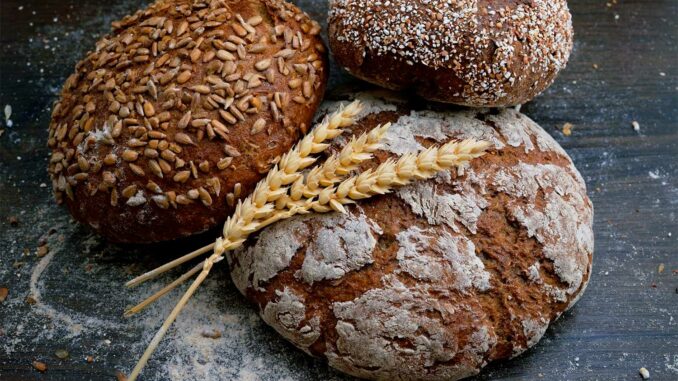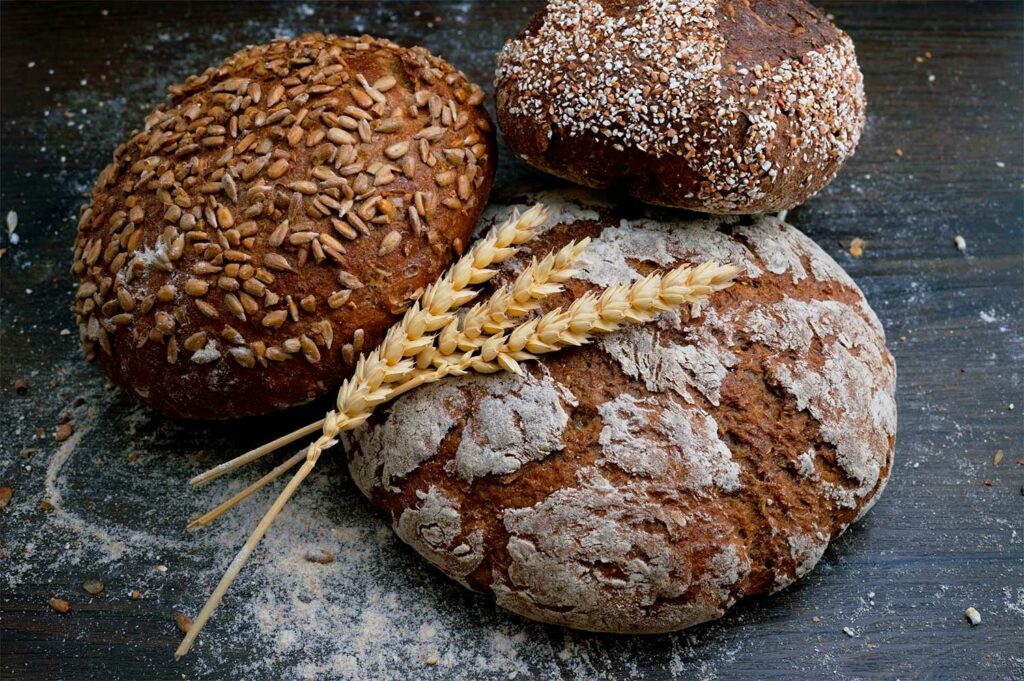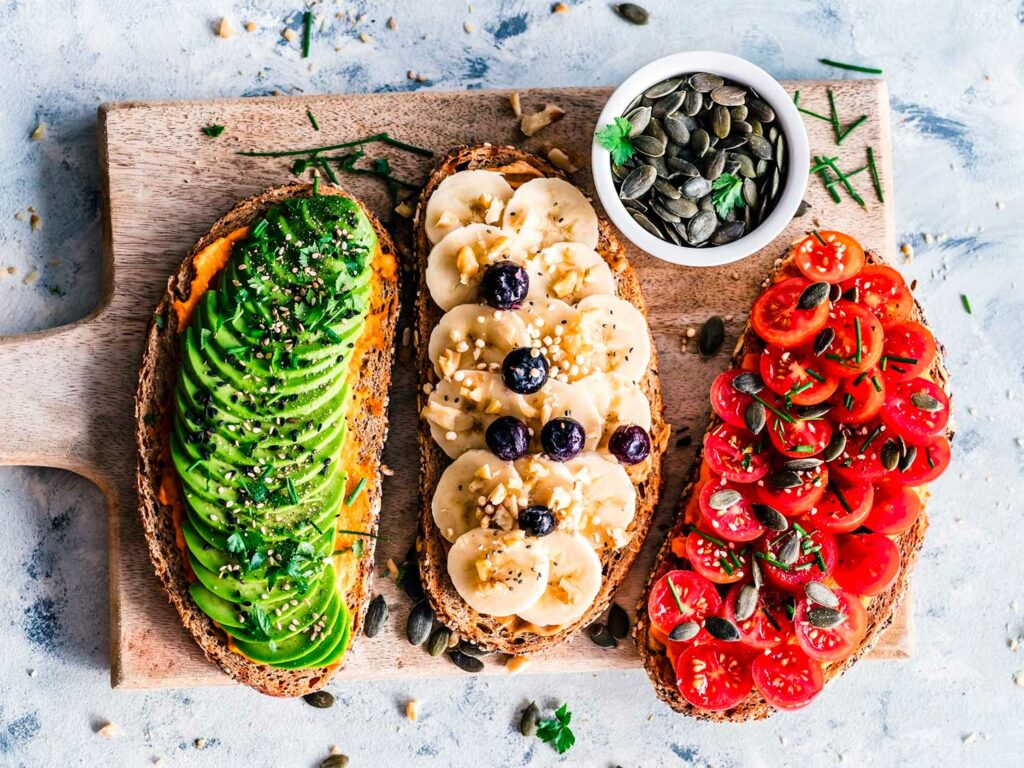
What gluten-free means, who needs it, how to do it safely, and how it fits into French cuisine—from everyday shopping to dining out and cooking classes.
Gluten-free eating is more than a trend: for people with celiac disease and medically diagnosed gluten sensitivity, it is the only reliable treatment. Yet the subject is clouded by myths, marketing, and mixed advice. This guide explains what gluten is, who should avoid it, and how to build a balanced gluten-free plate day after day. It also places the conversation within French food culture, showing how French cuisine adapts—at home, in restaurants, and through cooking classes in France—without sacrificing pleasure. Clear definitions, safety rules, and smart shopping tips will help you make confident choices and cook well, whether you are newly diagnosed or supporting someone who is.
What “gluten-free” actually means
Gluten is a family of storage proteins found in wheat (including spelt and durum), barley, and rye. In dough, it behaves like an elastic network, trapping gas and giving bread its tender chew and volume. A gluten-free diet removes these grains and all foods made from them, including common flours, breadcrumbs, many pastas, and a long list of processed products in which gluten hides as thickeners or flavor carriers. In the European Union, foods labeled “gluten-free” must contain no more than 20 mg of gluten per kilogram, a threshold designed to protect people with celiac disease. Importantly, the rule applies to packaged and non-prepacked foods, including restaurant meals, which is why training and strict kitchen protocols matter as much as labels. Naturally gluten-free staples—rice, corn, buckwheat, potatoes, quinoa, lentils, fruit, vegetables, meat, fish, eggs, milk and plain yogurts—form the core of safe, everyday cooking. Oats can be included when specifically certified gluten-free, because standard oats are often contaminated during farming or milling.
Why people go gluten-free—and who truly needs to
For individuals with celiac disease, gluten triggers an immune response that damages the small intestine and prevents nutrient absorption. The only effective treatment is a lifelong, strict gluten-free diet, which allows the gut to heal and symptoms to resolve. A second group—non-celiac gluten sensitivity—experiences symptoms like bloating or headaches after eating gluten, without the intestinal damage seen in celiac disease. While mechanisms are still being studied, many people in this group report relief with exclusion diets guided by a clinician. Others choose gluten-free eating for perceived wellness benefits. Here nuance matters: eliminating refined wheat often means reducing ultra-processed foods, which can improve overall diet quality. But gluten itself is not a universal toxin, and removing it without medical need can complicate nutrition and social eating. The safest approach is evidence-led: seek medical testing before removing gluten, work with a dietitian to tailor choices, and avoid self-diagnosis that can muddy results and delay proper care.
Reading labels and avoiding cross-contamination
Gluten hides in plain sight. Beyond breads, cakes and traditional pasta, it appears in stocks, soy sauce, spice blends, malt vinegars, deli meats, and confectionery coatings. Learning to read labels is essential: look for explicit mentions of wheat, barley, rye, malt, and brewer’s yeast; in the EU and UK, gluten-containing cereals must be named as allergens. Equally critical is cross-contamination—when safe foods contact gluten during storage, prep, or service. In shared kitchens, establish simple non-negotiables: a dedicated toaster or toaster bags; separate cutting boards and knives; squeeze bottles for condiments; distinct butter and jam tubs; and rigorous cleaning of counters and pans. When eating out, keep requests concise and specific: “I must avoid wheat, barley and rye. Could you please prepare my meal on clean equipment, no flour dust, no shared fryers?” Restaurants that take allergens seriously will welcome the clarity and offer safe alternatives.
Eating well: nourishment without gluten
A gluten-free plate can be deeply nourishing when built on whole foods. Center meals on lean proteins, legumes, and naturally gluten-free grains and starches; pile on seasonal vegetables for fiber, minerals, and color; use healthy fats to carry flavor. In French cooking, this can be seamless: a Provençal ratatouille with grilled fish; a roast chicken with potatoes and a pan jus thickened by reduction rather than flour; a Niçoise salad with true gluten-free anchovies; Alsatian choucroute garnie without beer. For regional specialties, look to buckwheat galettes in Brittany (traditionally 100% sarrasin), socca in Nice made from chickpea flour, polenta in Alpine cooking, and blanquette finished with egg yolk and cream instead of a roux. In bakeries, certified gluten-free breads and pastries have improved markedly—still a treat, not a staple, because many rely on added starches, sugar, or fats. For home baking, blend whole-grain flours (teff, sorghum, buckwheat) with binders like psyllium husk for better structure and fiber.
Dining out and traveling in France
Eating out gluten-free in France is increasingly feasible. Use the vocabulary that kitchens understand: “sans gluten strict,” “contamination croisée,” and the specific cereals to avoid. Ask about shared fryers (breaded foods shed crumbs), flour-dusted sauté pans, and sauces mounted with beurre manié (butter kneaded with flour). Many brasseries can adapt grilled fish or steak-frites using clean equipment and a salad with a simple vinaigrette instead of house dressing. Bistro classics like oeufs en meurette or quenelles are off the table unless explicitly adapted. Dessert is often the trickiest course; fruit, sorbet, and crème brûlée (without cookie garnish) are reliable. For travelers, the growing network of dedicated bakeries and restaurants marked “sans gluten” offers peace of mind; still, apply the same diligence you would anywhere else.


Cooking classes and the role of education
Hands-on learning accelerates confidence. Increasingly, reputable schools and independent instructors offer cooking classes in France tailored to gluten-free needs—teaching knife skills, safe mise en place, and substitutions that respect flavor and texture. For example, swapping wheat-based crusts with buckwheat or cornmeal crusts for savory tarts; thickening sauces through reduction rather than flour; and mastering meringue- or nut-based biscuits in pastry. The best instructors also teach label literacy, cross-contamination controls, and how to plan a week of meals without relying on ultra-processed substitutes. For French food culture, this matters: the goal is not a parallel cuisine, but inclusive French gastronomy that welcomes all diners at the same table.
Benefits you can reasonably expect
For those with celiac disease, strict avoidance leads to symptom relief, nutrient absorption, and long-term protection against complications such as anemia and bone loss. Many people also report steadier energy, likely reflecting a shift toward minimally processed foods and better blood-sugar control rather than the simple absence of gluten. Families often notice secondary benefits from the discipline of menu planning and batch cooking: fewer impulse snacks, more vegetables on the plate, and a healthier pantry. If you do not have a medical indication, be honest about your goals. You may still gain from reducing ultra-processed products and added sugars by cooking more from scratch—a result aligned with the principles of French cuisine, which prizes good ingredients and technique over shortcuts.
Risks, blind spots, and how to avoid them
A poorly planned gluten-free diet can be low in fiber and short on B vitamins, iron, and certain trace minerals, particularly if it leans heavily on refined substitutes like white-starch breads or cookies. Fortified wheat products often supply folate and iron; when these disappear, you must replace them intentionally. Prioritize legumes, nuts and seeds, leafy greens, and whole gluten-free grains (quinoa, buckwheat, teff). Watch salt, sugar, and fat in packaged “gluten-free” snacks; their ingredient lists are long for a reason. Budget is another reality: specialty products cost more, so cook from whole foods when possible. Finally, remember that oats are safe only when certified gluten-free; regular oats are frequently contaminated, and a small minority of people with celiac disease react to oat protein itself. Partner with a dietitian, monitor lab markers as advised, and treat supplements as a bridge—not a substitute for a varied diet.
How gluten-free fits into French gastronomy today
French dining has always been a conversation between terroir and technique. That makes it surprisingly hospitable to gluten-free cooking when chefs pay attention. Sauces gain body through reduction, gelatin, emulsions, and vegetable purées rather than flour; paté en croûte can share a menu with flourless terrines; a millefeuille of vegetables offers pastry-like drama without wheat. Across regional specialties, gluten-free traditions already exist: Brittany’s buckwheat galettes, Savoyard polenta gratins, chickpea panisses in Marseille, roasted meats with potato gratins in Lyonnais cooking, and shellfish platters along the coast. The point is not to imitate everything—certain icons will remain wheat-based—but to serve the same emotional register of comfort, generosity, and craft. That, in essence, is French cooking at its most inclusive.
A clear, confident way forward
Build your gluten-free kitchen on three pillars: knowledge, habit, and joy. Knowledge means understanding labels, regulations, and where gluten hides. Habit means everyday systems—separate tools, clean workflows, smart restaurant scripts—that make safety automatic. Joy is the reason to cook at all: crisp socca tearing at the edges, a Sunday roast with juices you can pour straight from the pan, a buckwheat galette folded around farm eggs and ham. With these pillars in place, a gluten-free diet can sit comfortably inside the larger world of French gastronomy, letting you eat widely, travel confidently, and bring everyone back to the same table.
Cook in France is your independant source for food in France.